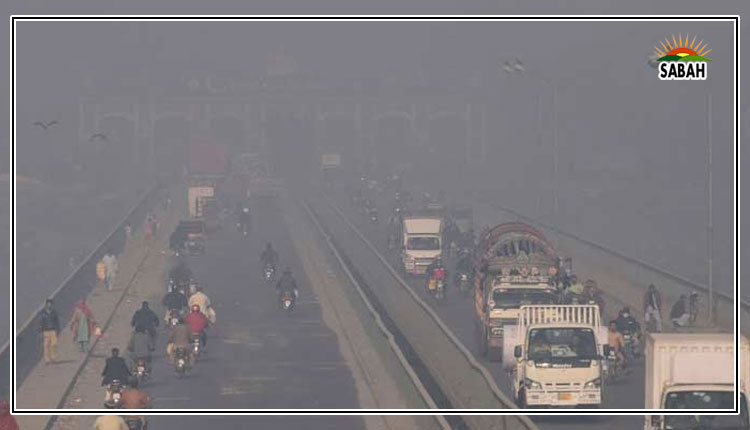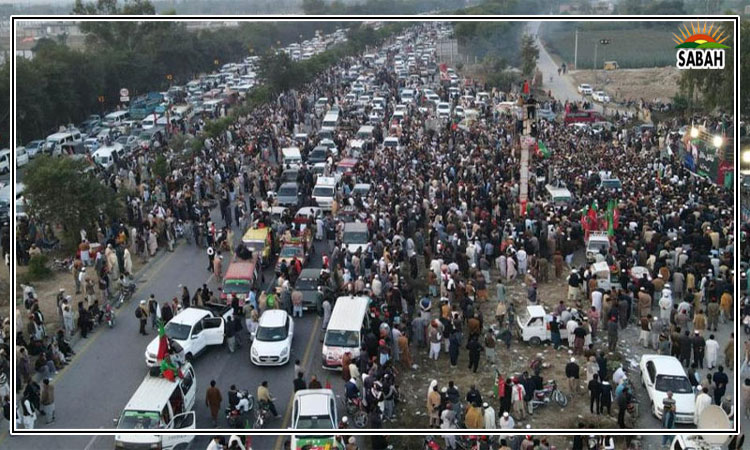When disaster strikes…Ali Rehmat Shimshali And Ramsha Mehboob Khan
Climate-induced disasters, such as floods and earthquakes, tend to have a more severe impact on vulnerable populations, especially those living in poverty.
Pakistan, according to the INFORM Climate Change Risk Index 2024, is categorized as a high-risk country for such disasters. This classification underscores the heightened susceptibility of Pakistan to the adverse effects of climate change.
The country has already experienced a series of significant natural disasters, including the devastating earthquake in 2005, as well as the floods of 2010 and 2022. These events have resulted in extensive socio-economic and infrastructural losses, exacerbating the challenges faced by already marginalized communities. The aftermath of these disasters has further entrenched poverty and compounded existing vulnerabilities among affected populations.
Disaster is the disruption to the functioning of a community that exceeds its resilience. Yes, natural disasters immensely impact people, but disruptions are further aggravated by unsustainable developmental approaches and practices.
These practices involve the ongoing overexploitation of mountain ecosystems, illegal encroachments in riverbeds, artificial alterations to natural river flows, and haphazard infrastructural development in both the main Indus River and its tributaries.
In 2022, the capacity of the Indus River System (IRS) to manage and absorb flood peaks was significantly reduced due to a range of unsustainable land use and water management practices.
The 2022 floods impacted over 33 million people and caused more than $40 billion in economic damages. The floods submerged one-third of the country and displaced around eight million people. The flooding left 1,700 people dead, 2 million homes destroyed, and killed over 900,000 livestock.
Sindh was the worst affected province with close to 70 per cent of total damages and losses, followed by Balochistan, Khyber Pakhtunkhwa, and Punjab. The major issues that emerged due to floods include mass displacement, food insecurity, loss of livelihoods, and an increased risk of waterborne diseases, drowning, and malnutrition.
The Post Disaster Need Assessment Report 2022 preliminary estimates suggest that as a direct consequence of the 2022 floods, the national poverty rate will increase by 3.7 to 4.0 percent points, pushing between 8.4 and 9.1 million people into poverty.
The 2010 monsoon flood disaster in Pakistan was both massive and unprecedented, leaving a trail of devastation in its wake. The Federal Flood Commission Report 2010 shows that the floods of 2010 caused a cumulative financial loss of $10 billion, about 2000 deaths, destroyed 17,553 villages, and impacted 160,000 sq km area of the country.
The floods damaged 392,786 and destroyed 728,192 houses; around 436 health facilities were damaged. The overall production loss of key crops such as sugar cane, paddy, and cotton was estimated at a staggering 13.3 million metric tons. Particularly in Punjab and Sindh, between 60 and 88 per cent of farming households reported losses exceeding 50 per cent for major crops like rice, vegetables, cotton, sugar, and fodder.
The devastating floods in 2022 and 2010 exposed critical deficiencies in disaster preparedness and response mechanisms. Weak coordination among various agencies and duplicated roles further hampered response efforts. Emergency response gaps, such as inadequate supplies, lack of communication, and infrastructure damage, compounded the challenges. These issues highlight the urgent need for improved coordination and preparedness measures.
Coordination issues persist at various levels, including inter-agency and international collaboration. The 2022 flood response shows that the global communitys response has fallen well, and the consequences of a debt-reliant recovery and rehabilitation plan pose severe challenges to the country.
The convergence of climate-related disasters and broader economic issues has created a vulnerable environment for Pakistan, highlighting the urgent need for comprehensive and equitable financial support to break free from this detrimental debt cycle.
There is a need to learn from past disaster events, anticipate the gaps in response mechanisms, map the challenges, and devise practical coping strategies. Centralized coordination mechanisms at the national level serve as linchpins for effective planning and execution of developmental and relief activities.
Pakistan needs to transition towards a technologically driven, forward-thinking, and adaptable disaster risk reduction (DRR) framework and approaches. The revised emergency management paradigm can effectively mitigate the evolving nature of disasters and safeguard vulnerable communities.
Given Pakistans diverse topography covering from north to south, a one-size-fits-all approach to crisis response is unsustainable. Therefore, an indigenous, need-based, and geographical-specific disaster risk reduction and response mechanism is necessary.
Communities are the first responders to disasters; therefore, communities need to be taken on board while devising any policy or disaster response mechanism to ensure a more agile and responsive framework.
Various tools, apps, and weather forecasting systems in Pakistan are appreciable however there is a need to move towards more authentic and reliable sources of information.
The SMS alert and weather forecasting systems do not provide details of the impacts and duration of the disasters. Therefore, the integration of impact-based weather forecasting systems and the consolidation of reliable, up-to-date data sources need to be incorporated into the overall disaster management mechanisms.
By embedding disaster risk reduction principles into public-sector initiatives and harnessing community perspectives through inclusive engagement, Pakistan can strengthen its defences against the ravages of natural and human-induced disasters.
Courtesy The News












